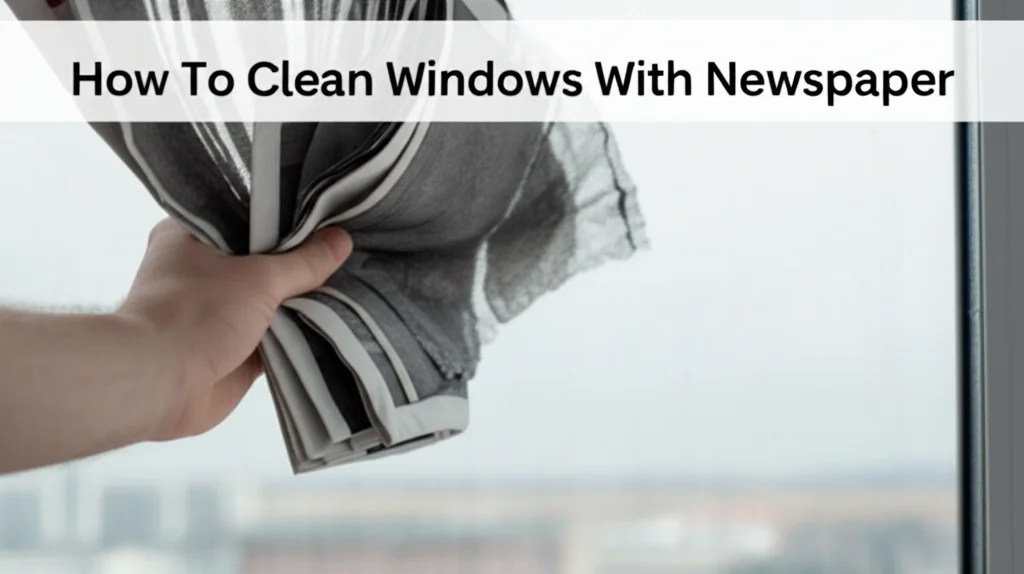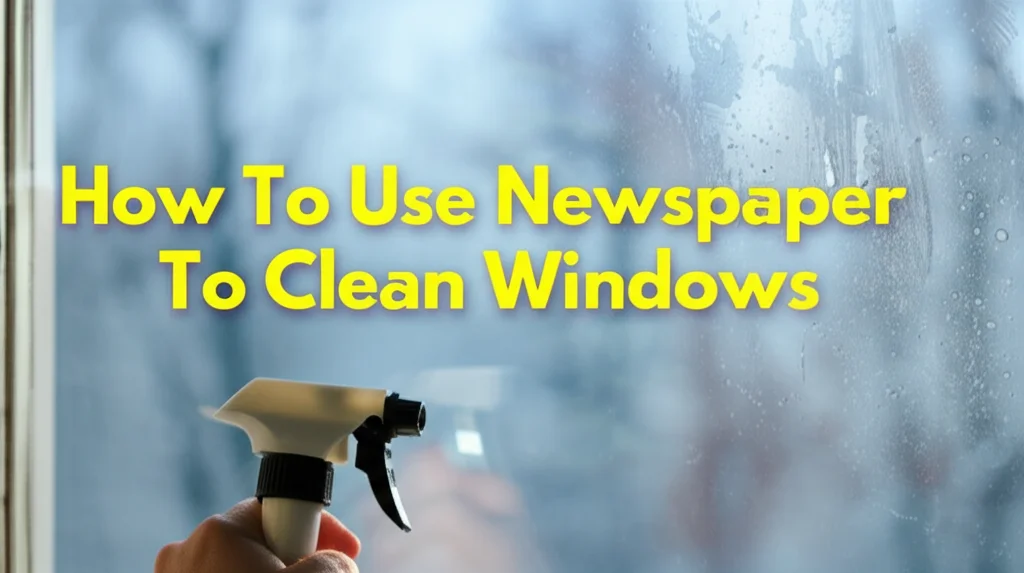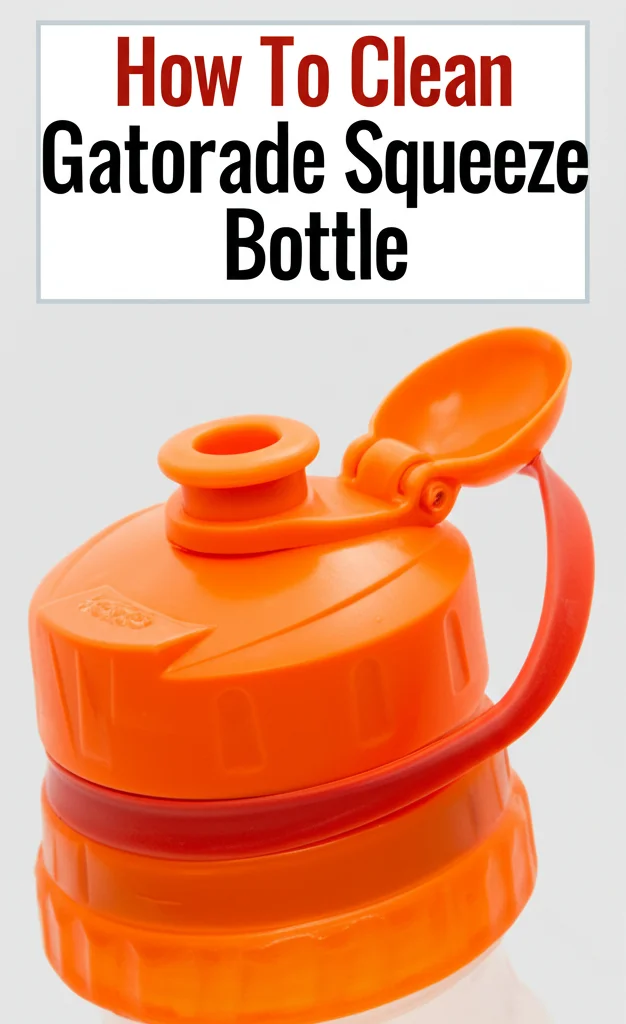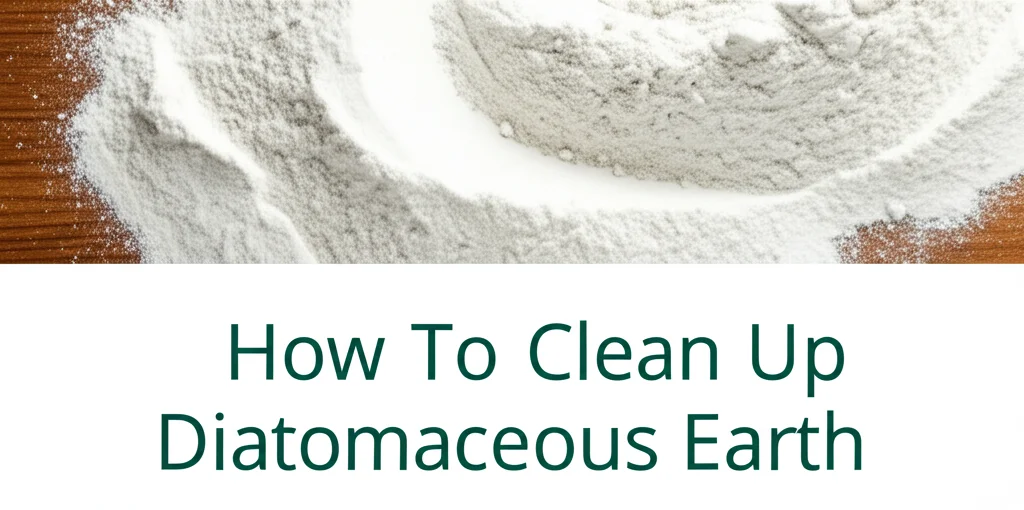· Cleaning Tips · 7 min read
How To Clean Baseboards With Fabric Softener

Cleaning Baseboards Just Got Easier: How To Clean Baseboards With Fabric Softener
Have you ever stared at your dusty baseboards, dreading the thought of scrubbing them clean? It’s a chore many of us put off, but dirty baseboards can really detract from a clean-looking room. What if I told you there’s a surprisingly simple and effective way to tackle this task, using something you likely already have in your laundry room? We’re talking about fabric softener! This article will show you exactly how to clean baseboards with fabric softener, leaving them dust-free and gleaming. We’ll cover everything from the benefits of this method to step-by-step instructions, plus tips for different baseboard materials.
Takeaway:
- Fabric softener loosens dust and grime, making it easier to wipe away.
- This method is quick, easy, and requires minimal effort.
- It leaves baseboards clean and with a subtle, fresh scent.
- It works on various baseboard materials, but testing is always recommended.
Can you really clean baseboards with fabric softener?
Yes, you can! Fabric softener contains ingredients that help loosen dust, dirt, and grime from surfaces. When diluted with water, it creates a solution that effectively lifts away these particles, making them easy to wipe clean. It’s a surprisingly effective and gentle cleaning method.
Why Use Fabric Softener to Clean Baseboards?
Let’s face it, cleaning baseboards isn’t anyone’s favorite task. They’re low to the ground, often accumulate a lot of dust and scuff marks, and can be a real pain to scrub. Using fabric softener offers a fantastic alternative to harsh chemicals and strenuous scrubbing. It’s a clever cleaning hack that simplifies the process and delivers impressive results.
Here’s why you should consider using fabric softener for this chore:
- Dust Magnet: Fabric softener acts like a magnet for dust, loosening it from the surface so it wipes away easily. This reduces the amount of scrubbing needed.
- Static Reduction: It reduces static cling, preventing dust from resettling on your freshly cleaned baseboards as quickly.
- Gentle Cleaning: Fabric softener is a gentle cleaner, making it safe for most baseboard materials. However, always test in an inconspicuous area first.
- Fresh Scent: It leaves behind a subtle, pleasant scent, making your room smell fresh and clean.
- Cost-Effective: You likely already have fabric softener at home, so it’s a budget-friendly cleaning solution.
What You’ll Need to Clean Baseboards with Fabric Softener
Before you start, gather your supplies. This method requires very few items, making it convenient and accessible. Having everything ready will streamline the cleaning process and make it even faster.
- Fabric Softener: Any liquid fabric softener will work.
- Warm Water: Warm water helps to dissolve the fabric softener and enhance its cleaning power.
- Spray Bottle: A spray bottle is essential for applying the cleaning solution evenly.
- Microfiber Cloths: Microfiber cloths are ideal for wiping down baseboards as they are soft, absorbent, and won’t leave streaks. You can also use a damp sponge.
- Bucket (Optional): A bucket can be helpful if you prefer to apply the solution with a sponge instead of a spray bottle.
- Vacuum with Brush Attachment: A vacuum with a brush attachment is useful for removing loose dust and debris before you start wiping. This prevents you from just spreading the dust around.
Step-by-Step Guide: Cleaning Baseboards with Fabric Softener
Now for the main event! Here’s a detailed, step-by-step guide to cleaning your baseboards with fabric softener. Follow these instructions for a sparkling clean finish.
- Vacuum First: Begin by vacuuming your baseboards with a brush attachment to remove loose dust, dirt, and cobwebs. This is a crucial step to prevent spreading the grime around when you start wiping.
- Prepare the Solution: In a spray bottle, mix 1 part fabric softener with 4 parts warm water. For example, use ¼ cup of fabric softener and 1 cup of warm water. Gently swirl the bottle to combine the solution – avoid vigorous shaking, which can create excessive bubbles.
- Test in an Inconspicuous Area: Before applying the solution to the entire baseboard, test it in a hidden spot to ensure it doesn’t damage the finish. Let it sit for a few minutes, then wipe clean to check for any discoloration or adverse reactions.
- Spray the Solution: Lightly spray the fabric softener solution onto the baseboards. Avoid saturating the wood, especially if it’s unfinished. Focus on applying a thin, even layer.
- Let it Sit (Briefly): Allow the solution to sit on the baseboards for about 2-3 minutes. This gives the fabric softener time to loosen the dirt and grime.
- Wipe Clean: Using a clean microfiber cloth, wipe down the baseboards in the direction of the wood grain. Apply gentle pressure to remove any remaining dirt or residue. Rinse the cloth frequently in clean water to avoid spreading the grime.
- Dry Thoroughly: Once you’ve wiped down the baseboards, use a dry microfiber cloth to dry them thoroughly. This prevents water spots and ensures a clean, polished finish.
Dealing with Different Baseboard Materials
While fabric softener is generally safe for most baseboard materials, it’s important to consider the specific type of baseboard you have. Different materials may require slightly different approaches.
- Painted Wood: Fabric softener works exceptionally well on painted wood baseboards. The gentle formula won’t damage the paint, and it effectively removes dust and grime.
- Unfinished Wood: Use caution when cleaning unfinished wood with fabric softener. Avoid saturating the wood, and always test in an inconspicuous area first. Dry the baseboards thoroughly to prevent water damage. You might consider using a wood polish after cleaning to restore the wood’s natural luster.
- Vinyl: Fabric softener is safe for vinyl baseboards. It effectively removes dirt and scuff marks without damaging the vinyl surface.
- Laminate: Similar to vinyl, fabric softener can be used on laminate baseboards. However, avoid excessive moisture, as it can cause the laminate to swell. If you’re unsure, check the manufacturer’s recommendations. You can find more information on laminate floor care at https://www.beacleaner.com/how-to-clean-waterproof-laminate-floors/.
- Tile: Fabric softener can be used on tile baseboards, but it may not be as effective at removing stubborn stains. For tougher stains, consider using a tile cleaner.
Troubleshooting: Tackling Stubborn Dirt and Grime
Sometimes, even fabric softener needs a little help. If you encounter stubborn dirt or grime, here are a few troubleshooting tips.
- For Sticky Residue: If you have sticky residue on your baseboards, add a few drops of dish soap to the fabric softener solution. This will help to break down the stickiness.
- For Scuff Marks: For scuff marks, try using a magic eraser after wiping down the baseboards with the fabric softener solution. Test the magic eraser in an inconspicuous area first, as it can be abrasive.
- For Mold or Mildew: If you notice mold or mildew, address it immediately. Mix equal parts water and white vinegar and spray onto the affected area. Let it sit for 10-15 minutes, then scrub with a brush and wipe clean. You can learn more about removing mold from painted walls at https://www.beacleaner.com/how-to-remove-mold-from-painted-walls/.
- Repeat the Process: If the baseboards are particularly dirty, you may need to repeat the cleaning process.
Frequently Asked Questions (FAQs)
- Will fabric softener leave a residue on my baseboards? If you use the correct dilution ratio (1 part fabric softener to 4 parts water) and wipe thoroughly with a clean cloth, you shouldn’t experience any noticeable residue.
- Can I use fabric softener on all types of baseboards? While generally safe, always test in an inconspicuous area first, especially on unfinished wood or delicate surfaces.
- How often should I clean my baseboards? Aim to clean your baseboards every 1-2 months to prevent dust and grime from building up.
- Is fabric softener a substitute for a dedicated baseboard cleaner? For light cleaning and dust removal, fabric softener is an excellent alternative. However, for heavy-duty cleaning or specific stains, a dedicated baseboard cleaner may be more effective.
- Can I add essential oils to the fabric softener solution? Yes, you can add a few drops of your favorite essential oil to the solution for a more pleasant scent.
Say Goodbye to Baseboard Blues!
Cleaning baseboards with fabric softener is a game-changer. It’s a simple, effective, and affordable way to keep your home looking its best. By following these steps, you can easily remove dust, dirt, and grime, leaving your baseboards clean, fresh, and gleaming. So, ditch the harsh chemicals and strenuous scrubbing, and give this fabric softener hack a try! You’ll be amazed at the results. Now that you know how to tackle this chore, why not move on to cleaning your floors? Check out our guide on https://www.beacleaner.com/how-to-clean-luxury-vinyl-plank-flooring/ for tips on keeping your floors spotless.




